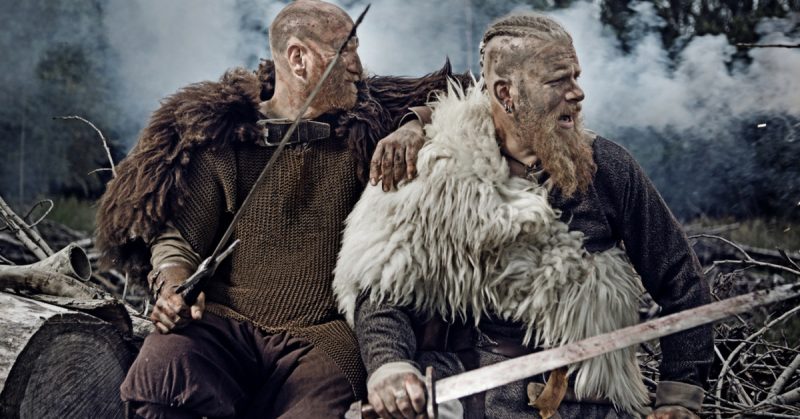War has always been with us, and we’ve always been truly excellent at finding new and enhanced ways of slaughtering one another.
The evidence, gathered through chronological radiocarbon, of the human bones shows that they belong to a singular, large event from the first century AD. While the fight happened around the same time as the Roman Empire’s European expansion, there was little evidence that Roman armies actually made it that far north, and so archaeologists believe that this battle likely was between two German “barbarian” armies.
Princeton University archaeologist Peter Bogucki, who was not actually a part of the study, stated Roman incursions into barbarian areas south of Scandinavia were not necessarily influences on the military organization or scale of the conflict.
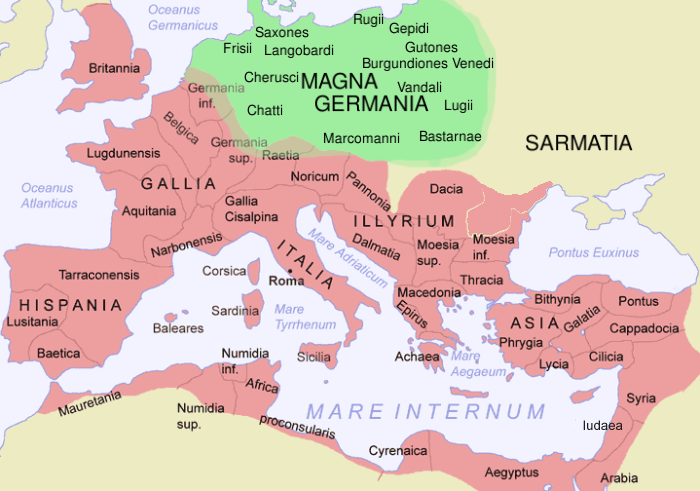
Traditionally, this period of history has been seen in the light of a tribal society, including small-scale clashes. The absence of human remains in prior circumstances had previously led to speculation that the modest casualties indicate that conflicts were mostly aimed at either the acquisition of slaves or the culling of military leaders.
Archaeologists have recently uncovered bones of the combatants of a 2,000-year-old long-forgotten battle fought between competing Germanic tribes in a wetland in Denmark. The disarticulated human remains were dispersed in peat and lake sediments throughout the seventy-five-hectare meadow.
Techniques such as boring, geophysical prospection, and light detection and ranging (called LiDAR) digital elevation were employed to reconstruct the hydrological situation at the time the human remains were deposited.
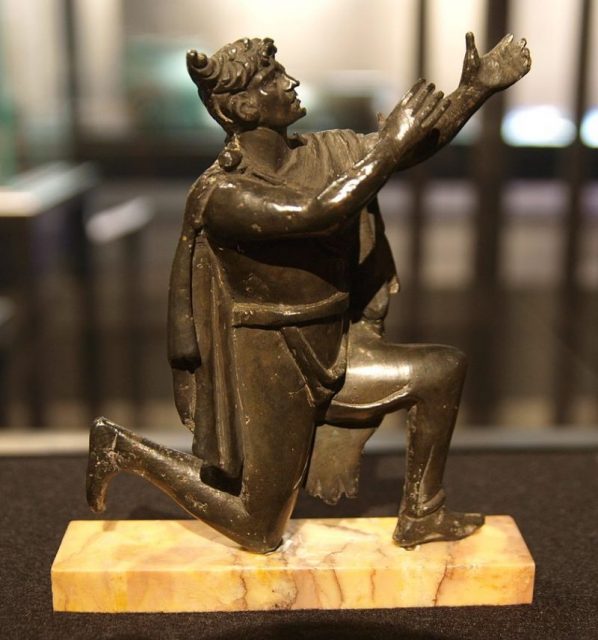
A new study suggests that these bones are the earliest evidence yet of large-scale warfare in that part of Europe. Included in the discovery is evidence of the post-battle rituals by the victors, displaying what became of the bones and bodies of the losers. The population engaged in the battle was believed to be 380 individuals.
The unearthed bone fragments originated from 82 male adults, and show signs of trauma both before and around the time of death, and include tooth marks from animals including dogs, pigs, and cattle. But not all of the fragments were from adults, as the youngest among the collected remains was revealed to be thirteen years old.
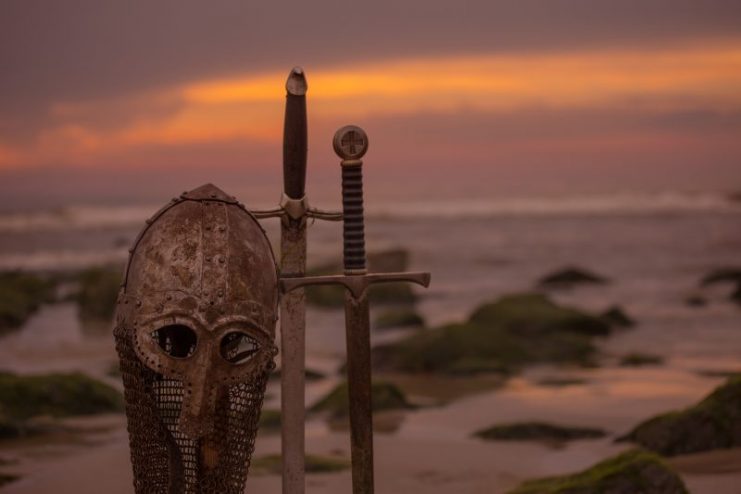
Altogether, approximately 2,100 human bones and bone fragments were revealed on nearly 200 acres of wetlands on Lake Mossø in Denmark’s Jutland Peninsula.
Beyond the bones, a number of different weapons were also uncovered. These included seven spearheads, an axe with a complete shaft of ash, a wooden club which could have either been used as a weapon or a tool. Also included was a complete shield discovered during an earlier excavation, as well as fragments of both swords and shields, five iron knives, and leftover wicker likely from baskets.
Typologically, the metal artifacts are Germanic, and most belong within the second to first centuries BC, with a few artifacts that could potentially originate in the first century AD. Metallurgical analyses suggest a Jutish origin, and two of the spearheads date back to the sixth century AD, and could potentially be from a different event.
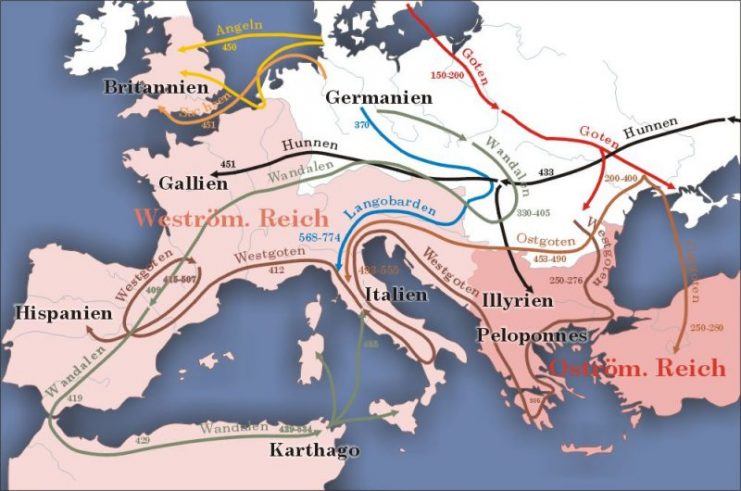
The research team was led by archaeologist Mads Kähler Holst of Aarhus University in Denmark.
“The conflicts were extremely destructive in character, with consequently comprehensive slaughter,” the study says. Also, the “absence of traces of healed sharp-force trauma suggests that they had relatively little previous battle experience.”
Read another story from us: Commanding Thousands – Approaches to Generalship on Ancient Battlefields
The find proves that the people living in Northern Germania had ways of clearing battlefields that were both systematic and deliberate. Some of these methods were in evidence through certain cut marks on the bones, and hip bones threaded on tree branches, as well as stripping of bodies, disarticulation of bones, crushing of crania, and arrangement of body parts that led to the conclusion that bones were collected in a ritualistic fashion after the battle’s conclusion for easy disposal. Afterwards, probably months after the battle, bones were likely tossed in the lake.
